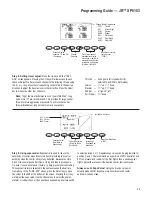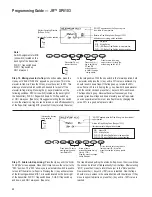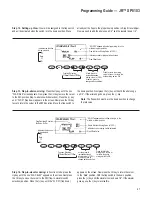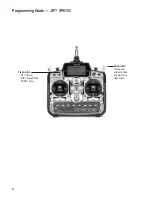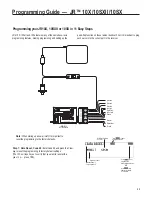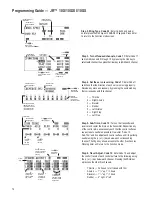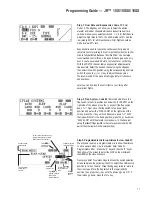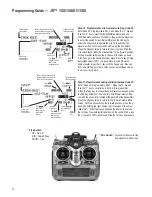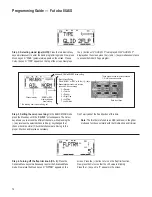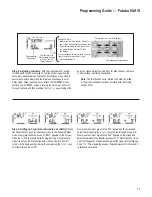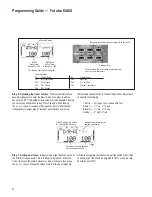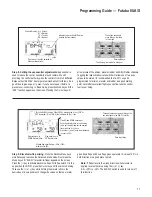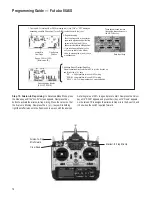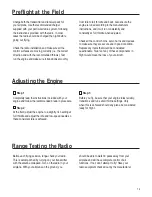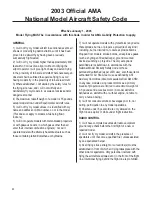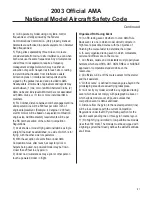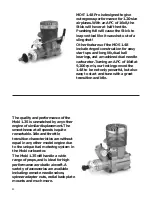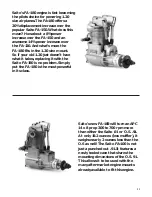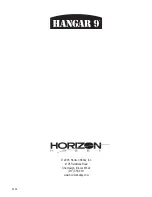
79
Preflight at the Field
Charge both the transmitter and receiver pack for
your airplane. Use the recommended charger
supplied with your particular radio system, following
the instructions provided with the radio. In most
cases the radio should be charged the night before
going out flying.
Check the radio installation and make sure all the
control surfaces are moving correctly (i.e. the correct
direction and with the recommended throws). Test
run the engine and make sure it transitions smoothly
from idle to full throttle and back. Also ensure the
engine is tuned according to the manufacturers
instructions, and it will run consistently and
constantly at full throttle when adjusted.
Check all the control horns, servo horns and clevises
to make sure they are secure and in good condition.
Replace any items that would be considered
questionable. Failure of any of these components in
flight would mean the loss of your aircraft.
Adjusting the Engine
Step 1
Completely read the instructions included with your
engine and follow the recommended break-in procedure.
Step 2
At the field, adjust the engine to a slightly rich setting at
full throttle and adjust the idle and low-speed needle so
that a consistent idle is achieved.
Step 3
Before you fly, be sure that your engine idles reliably,
transitions and runs at all throttle settings. Only
when this is achieved should any plane be considered
ready for flight.
Range Testing the Radio
Before each flying session, range-check your radio.
This is accomplished by turning on your transmitter
with the antenna collapsed. Turn on the radio in your
airplane. With your airplane on the ground, you
should be able to walk 30 paces away from your
airplane and still have complete control of all
functions. If not, don’t attempt to fly! Have your
radio equipment checked out by the manufacturer.

